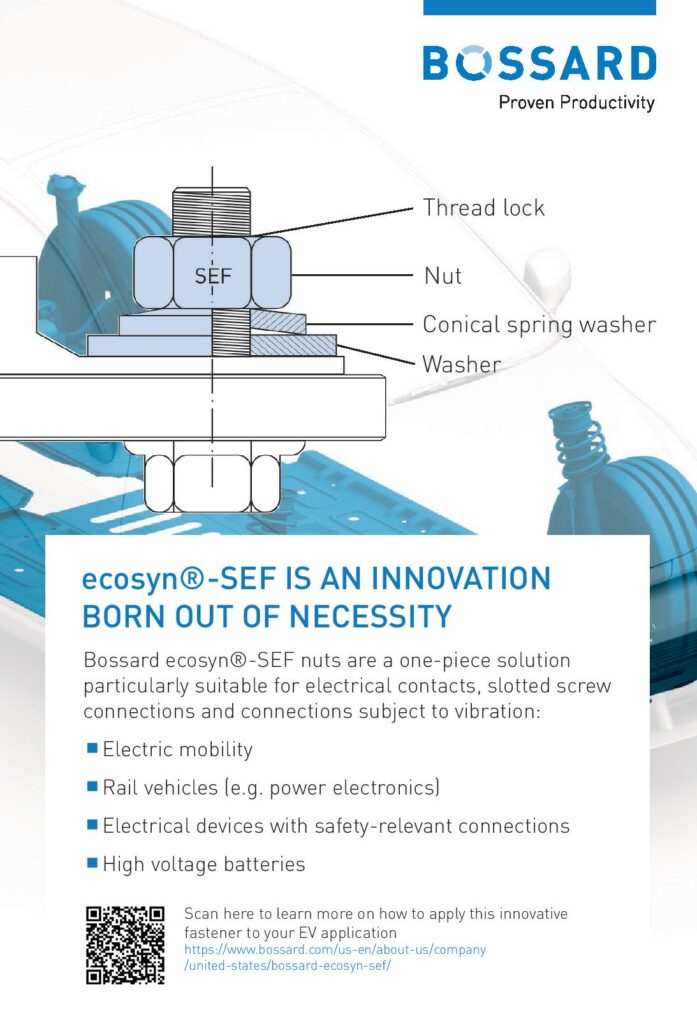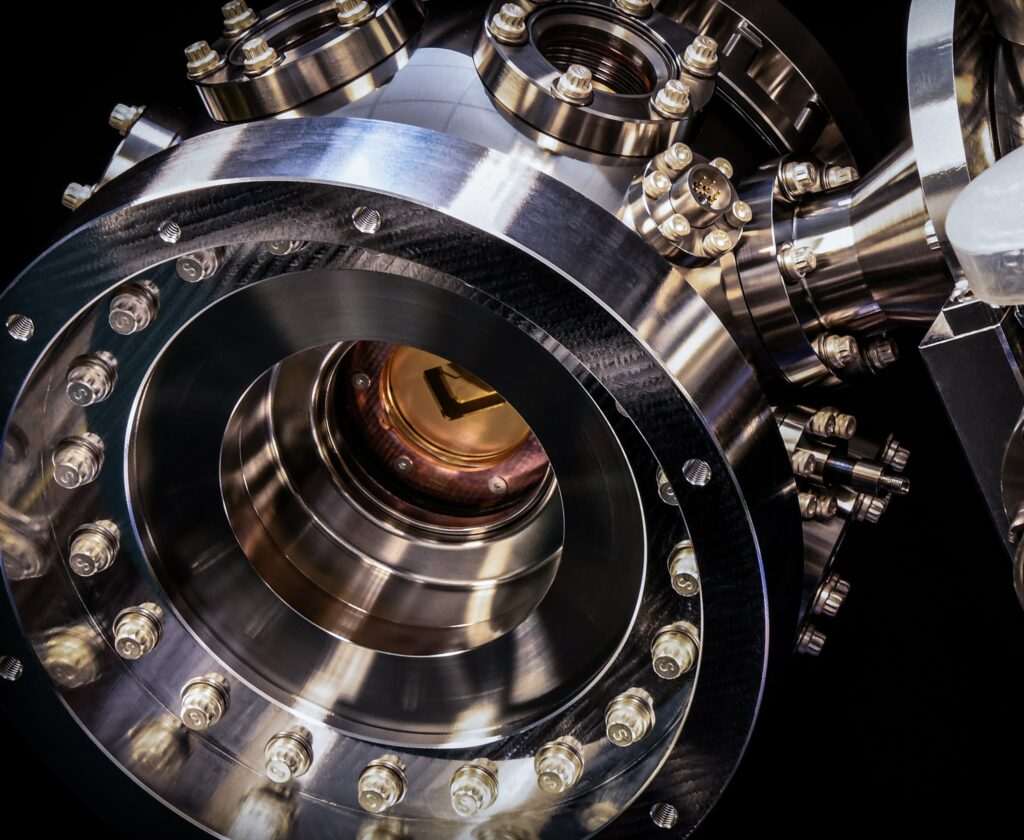Quantum jump speeds FC design
BMW and Airbus are using a quantum computer to improve the design of hydrogen fuel cells (writes Nick Flaherty).
The two are working with quantum computing company Quantinuum on a design flow that combines quantum and classical techniques to speed up research. Quantinuum uses a quantum computer developed by Honeywell based on trapped ions that can simulate the chemical reactions of catalysts in the fuel cells.

The three companies are modelling the oxygen reduction reaction (ORR) on the surface of a platinum-based catalyst to improve the performance of proton exchange membrane fuel cell (PEMFC) designs for electric cars, trucks and aircraft
ORR is the chemical reaction in the process that converts hydrogen and oxygen into water and electricity in a fuel cell, and it limits the efficiency of the process. It is relatively slow and requires a lot of platinum catalyst, so there is great interest and value in better understanding the underlying mechanisms involved in the reaction.
This computational design of new catalysts can shorten the development time, but owing to the complexity of the ORR potential energy landscape, atomic-level modelling of this processes is challenging.
The catalyst materials can also exhibit strong electronic correlations, which cannot be rigorously and accurately described with low-cost methods such as Density Functional Theory (DFT). This DFT modelling is seen are too costly and lengthy to perform with classical techniques but is suitable for algorithms that run on quantum computers to explore both pure platinum and platinum-capped cobalt surface cathodes in PEMFC designs.
Airbus has identified hydrogen as a promising candidate to power low-carbon aircraft, because it emits no CO2 when flying, when generated from renewable energy. The company has already announced plans to start testing a hydrogen-powered fuel cell propulsion system on its ZEROe demonstrator aircraft in the next few years, and aims to develop the world’s first hydrogen-powered commercial aircraft for market entry by 2035.
Click here to read the latest issue of E-Mobility Engineering.
ONLINE PARTNERS






















